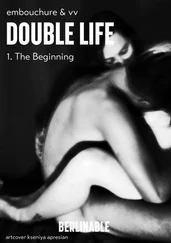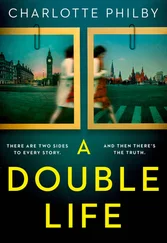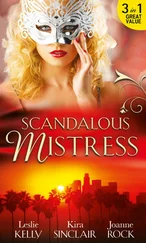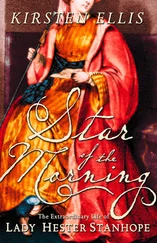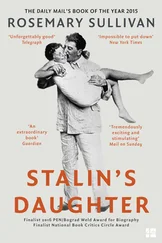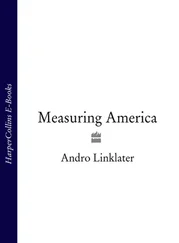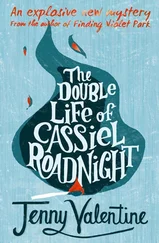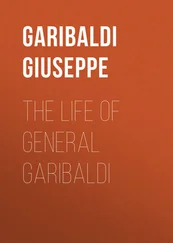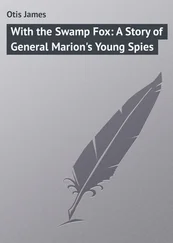The result left Dearborn’s attempt to limit Wilkinson’s power in ruins. All three colonels—Hunt and Cushing in command of the infantry regiments, and Henry Burbeck, commander of the artillery—opposed Dearborn’s political interference and gave the Senate “great credit” for overturning Hammond’s appointment. The result was unmistakable. With the Burr Conspiracy beginning to take shape, Wilkinson’s sympathizers held every key post in the army. He had a clear-cut plan for seizing Texas, New Mexico, and possibly silver-rich Chihuahua. The one necessary condition for action was the outbreak of war, and the worsening dispute over the borders of Louisiana seemed certain to provide what he wanted.
22
BETRAYER BETRAYED
ON JULY 3, 1805, some hours after breakfast, General James Wilkinson’s convoy arrived at the St. Louis levee. He should have been there two days earlier, but had to make a detour to St. Genevieve so that a judge could administer the oath of office that the governor had forgotten to take in Washington; in the only public apology of his life, Wilkinson confessed to Jefferson that the omission “excites the sharpest self-reproach and exposes me to severe reprehension.” From the levee, a troop of cavalry escorted him as he rode on horseback up the slope to the central square, where he was greeted by a ragged volley of shots fired by 100 armed Indians, then by a sharper salute from the 240 soldiers drawn up for his inspection. This was followed by speeches of welcome in French, the language of the long- established Creole inhabitants, and in English, the language of the newcomers.
The next day, on the Fourth of July, he and his officers sat down to dinner at a three- hundred-foot-long table decorated with eighteen gilded pyramids, seventeen representing the number of states, each inscribed, “Prudence, Morality, Wisdom, Law,” and the eighteenth decorated in gold letters reading, “United States— Glory & Power— Sic Semper Omnia [So everything should be forever],” on one face and on the other, “James Wilkinson—Protection.” Inspired by music from the military band and the “courteous and affable manners and fascinating charms” of the ladies of St. Louis, the festivity continued through the night and “did not cease,” the National Intelligencer confided in its inimitable style, “till the gentle Aurora with lighted taper in her rosy fingers conducted each angelic form to her downy pillow.” Almost from the moment the revelers awoke, relations between governor and citizens went downhill.
The reception reflected St. Louis’s pride in its sophistication. The city was more than forty years old and boasted around two hundred houses, the majority built of stone, and a population that included prosperous citizens such as Auguste Chouteau, aspiring new arrivals such as Timothy Kibby, and almost one thousand other inhabitants, largely French Canadian, Native American, and mixed race, with a scattering of British and Spanish. The economy depended on the fur trade and mining—iron, lead, and salt— but as in all frontier communities the central concern was land, the fundamental source of wealth in a preindustrial economy. At the heart of that concern were two questions: Who owned it? How could they prove it?
The answers affected everyone living within the Louisiana Purchase, both around St. Louis and in the Orleans Territory. They fostered popular resentment against the United States, soured the reputations of the two governors, Claiborne and Wilkinson, and powerfully influenced the development of the Burr Conspiracy.
The problem began with the confusion caused by the rapid transfer of sovereignty between Spain, France, and the United States. The difficulty of harmonizing three different kinds of property law was compounded by systematic tampering with the land registry files. “There has been Leaves cut out of the Books and others pasted in with Large Plats of Surveys on them,” Silas Bent, the American-appointed surveyor general of the Louisiana Territory, reported in 1806. “The dates have been evidently altered in a large proportion of the certificates. Plats have been altered from smaller to Larger. Names erased and others incerted and striking difference in collour of the ink etc.”
To clear up the confusion, Congress appointed a board of land commissioners to examine the legal title of all property owners within the Louisiana Purchase. Their investigation sparked fury among the Creole inhabitants. The standard demanded was that of United States law, meaning there had to be documentary evidence of the original grant, a surveyor’s plat of the property, and registration of it in a land office. Any disputes would be decided in court by the American adversarial system rather than the French and Spanish legal process that depended on a consensual pursuit of facts. According to Amos Stoddard, the temporary governor who first had to confront the problem, nineteen out of twenty existing French and Spanish owners were likely to lose their property under this process.
From the safety of Washington, Wilkinson had repeatedly urged Stoddard “to conciliate the people,” by which he meant the Creoles, but all five of the military officers who administered Louisiana Territory supported the newcomers who wanted the land. Most claims were still working their way through the courts, but already properties were being transferred from French to American owners. Now the explosive issue was Wilkinson’s responsibility.
From his first day in office, when he chose to avoid a settlers’ welcoming banquet in favor of lunch with Auguste Chouteau, Wilkinson showed a consistent bias in favor of the Creoles. Although justified in terms of democratic justice— when Louisiana became the Missouri Territory in 1812, the legislature would quickly vote to restore much of the Creoles’ land— this was a dangerous policy. It not only made enemies among Anglo-American settlers, but turned the military administrators against him. Two in particular, Major James Bruff, whose banquet Wilkinson spurned, and Colonel Samuel Hammond, were landowners as well, and each was to become a dangerous enemy. Both were retired professional soldiers, now in the militia, and as their military and civilian superior General Wilkinson loftily dismissed their opposition. Hammond he termed “a hackneyed scoundrel,” and Bruff nothing more than “a damned cunning fellow.”
For someone so subtle in playing off one individual against another, Wilkinson’s confrontation with the Anglo-American settlers seemed almost willful. Edward Hempstead, a leading St. Louis citizen, expressed a widely shared feeling when he wrote of the governor, “From a rank Federalist to a suspected Republican, he became a bigot and is now a petty tyrant.” Yet there was method in his quarreling. Many of the actions that aroused antagonism among the newcomers—his hostility to the judges, and his refusal to pardon Hammond’s nephew for murdering a Kickapoo man, for example— conciliated Creole and Native American feelings Since these people constituted a majority in the territory, his policy was more democratic than tyrannical. Unpopular though he was with the Anglo-Americans, Wilkinson’s stance helped reconcile a diffuse, frontier population to U.S. government.
In New Orleans by contrast, Governor Claiborne imposed the land laws and legal system of the United States without regard to the feelings of the majority Creole population and was faced with near rebellion. As Jefferson himself acknowledged, they were driven to this extreme by “the call on them by the land commissioners for their deeds” and by “the administration of justice in our forms, principles & language.” Whatever private reservations he might have about the roughshod tactics of the governor of Louisiana Territory, in public Jefferson unequivocally approved of his policy. “Not a single fact has appeared,” he told Senator Samuel Smith of Maryland in May 1806, “which occasions me doubt that I could have made a fitter appointment than Genl. Wilkenson [ sic ].”
Читать дальше


